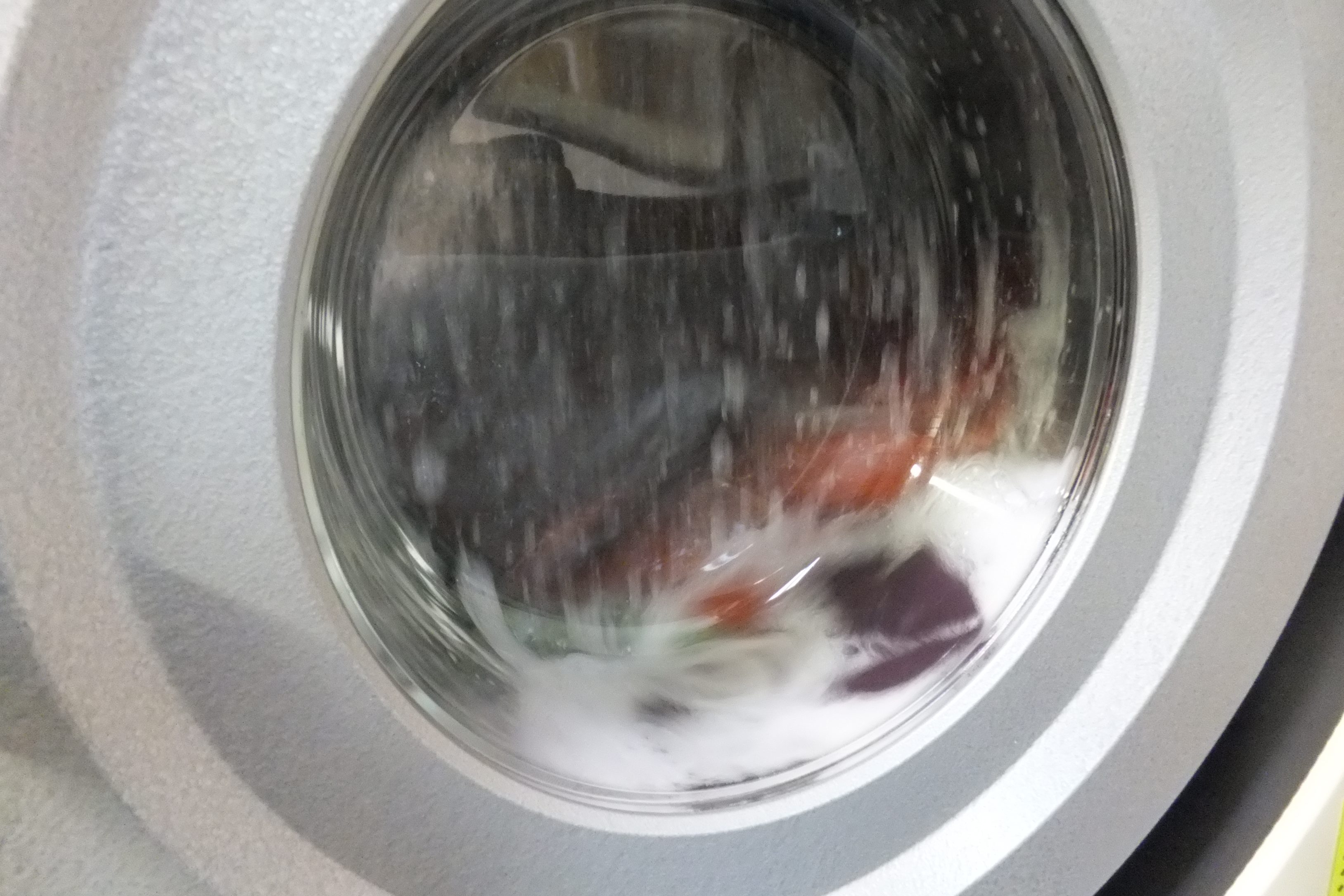着物を、洗うか?洗わないか?
あなたは、悩んでいませんか?
――――――――――――――――――――――――――――
まず、当店が、注意して見る処は、着物を着用して一番汚れる、衿と袖口です。
ここは、必ずと言ってもよいほど、何らかのシミや、汚れが付きます。
そして、次に胸の汗(脇汗とも言います)、帯に締め付けられた腰や背中の汗、
おはしょりの折り目、胸元、後身ごろの臀部、上前、、、。
上記を踏まえて、
着物を、洗うか?洗わないか?
判断される一つの材料を、述べてみたいと思います。
仕立ててから年月が経った着物を ”洗い張り” をする時の事です。
そのまま着物を解こうとすると、軋(きし)んでスムーズに解くことが出来ず、
苦労する事になります。
ここで、着物を丸洗いをします。
すると嘘みたいに、軋(きし)みが無くなりスムーズに解くことが出来ます。
洗う事で、全体の汚れが取れて綺麗になり糸一本一本のカビや汚れなどが
落ちて、後の加工がやりやすくなります。
着用してて見えない汚れも洗う事で綺麗になります。
あくまで、一つの例ですが、洗うとこのような効果があります。
長年タンスに締まってある着物も洗う事で、目に見えない処も綺麗になるという徳がある事は確かだと思います。
ならば、割と新しい着物は、どう判断するのか?
当店の見解は、これから長年着用する事が無いと思われる着物は、洗う事、
近じか着用する予定のある着物は、汚れが見込まれる個所の部分的なお手入れで良いように
お勧めしています。
短時間しか着用していないと言って、そのまま、しまい込むことで、
>長年経ってしまった。
>開いてみると、襟や袖口が、変色していた。
>お手入れお願いします。
良くあるお客様の声です。
短時間の着用で、洗うまでしたくない。
という方は、襟や、袖口などの部分のお手入れだけでもやられると、後々の着物の状態も変わってきます。
着物もあなたのお肌もお手入れの仕方によって、後々の状態も変わってくるのは、想像に硬いところでしょうか。
簡単ですが、一つの判断材料となりましたでしょうか?
失礼いたしました。
Should I wash my kimono? Or not?
Are you unsure?
————————————————-
First, the areas we pay close attention to are the collar and cuffs, which are the areas that get the dirtiest when a kimono is worn.
These are almost guaranteed to get some kind of stain or dirt.
Next comes sweat from the chest (also known as armpit sweat), sweat from the waist and back where the obi is fastened,
the hem folds, the chest, the buttocks at the back, the upper front…
Based on the above,
Should I wash my kimono?
I’d like to discuss one factor that will help you decide.
This refers to the time when a kimono that has been made many years ago is “washed and stiffened.”
If you try to unstitch the kimono as it is, it will creak and you won’t be able to unstitch it smoothly,
which can be quite difficult.
At this point, we’ll wash the kimono thoroughly.
As if by magic, the creaking will disappear and you’ll be able to untie it smoothly.
Washing removes all dirt and makes the kimono clean, removing mold and dirt from each and every thread.
This makes subsequent processing easier.
Washing also removes dirt that isn’t visible when you’ve worn it.
This is just one example, but washing has the following effect.
I believe there’s certainly merit in washing kimonos that have been stored in a closet for years, as it cleans even the invisible parts.
So, how do you judge relatively new kimonos?
Our opinion is that kimonos that you don’t think you’ll wear for many years should be washed,
and for kimonos you plan to wear in the near future, spot cleaning of areas that are likely to get dirty is sufficient.
By saying you only wore it for a short time and putting it away as is,
>It seems like years have passed.
>When I opened it, the collar and cuffs were discolored.
>Please take care of it.
This is a common customer comment.
I only wear my kimono for a short time and don’t want to wash it.
If that’s the case, just taking care of the collar, cuffs, etc. will make a difference in the condition of the kimono down the line.
It’s easy to imagine that the way you care for your kimono and your skin will affect its condition down the line.
It’s simple, but I hope this has helped you make a decision.
Thank you for your time.

